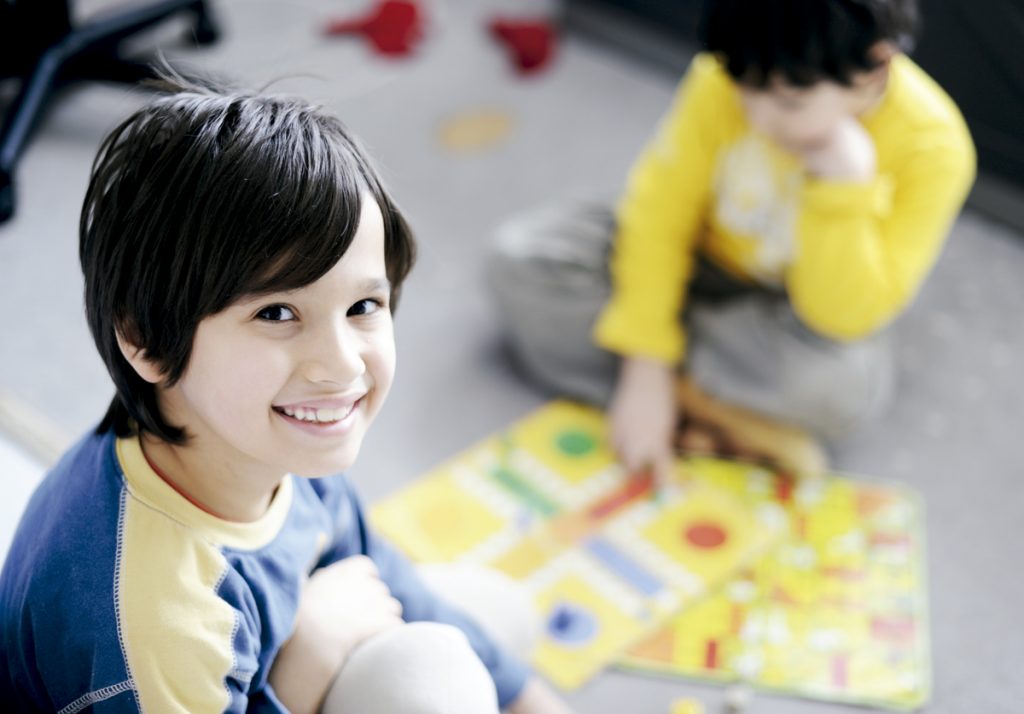Gamification is a buzzword. It may be a passing fad or it may be to stay with us. But it is clear that today’s society is actively demanding changes in the way we learn. And staying anchored in traditional methods will not help us much to prepare students and ourselves for the future.
But what is Gamification?
Gamification is not a new method. It has always existed and applied in any everyday situation. For example, when we played anything in the car so the trip was not so long. Or in the university environment, when we learn through business simulators. We can say that the gamification in education is to apply concepts and dynamics of the game that stimulate and make more attractive the student’s interaction in the learning process, with the aim that it adequately get certain results, skills and knowledge. In this way, we use the natural predisposition of people towards competition and play to make tasks less boring.
Dopamine
This is a word that is being used a lot today. Something that the casinos and the companies knew and applied long ago we can apply it to another type of interests. According to a study by the Massachusetts Institute of Technology (MIT), dopamine is the neurotransmitter responsible for motivating us in difficult times with the promise of a reward. It has nothing to do with pleasure itself, but with the search for reward, the search for that pleasure is what gives us enough motivation to work towards that goal. Without that neurotransmitter, we do not feel curiosity or motivation. Therefore, if we get the person to raise their normal levels of dopamine, we will get an increase in attention, motivation and greater learning. Playing cards or any board game, dopamine levels are increased so we can use the card games for other uses than fun and entertainment.
Learning by doing
Imagine a math or probability class in which the teacher writes formulas and numbers on the board while reciting them. It is demonstrated that, with the read or heard, at 72 hours we only remember 10%. In other words, once a year we do not remember anything. But if those same students are taught to add and subtract with a set of cards such as the broom and odds with games such as poker or Texas Hold’em, the recall rate would increase to 90%.
The game itself teaches. And it teaches not only rules. Behind any card game there are content such as values, tolerance to frustration, memorization of rules, strategies to win, anticipation … In addition, any game develops essential skills such as observation , probability, speed, empathy, intuition, risk taking and decisions. Sometimes it is won and sometimes lost, but we learn that our decisions have consequences. We can make mistakes, but making mistakes is learning.



